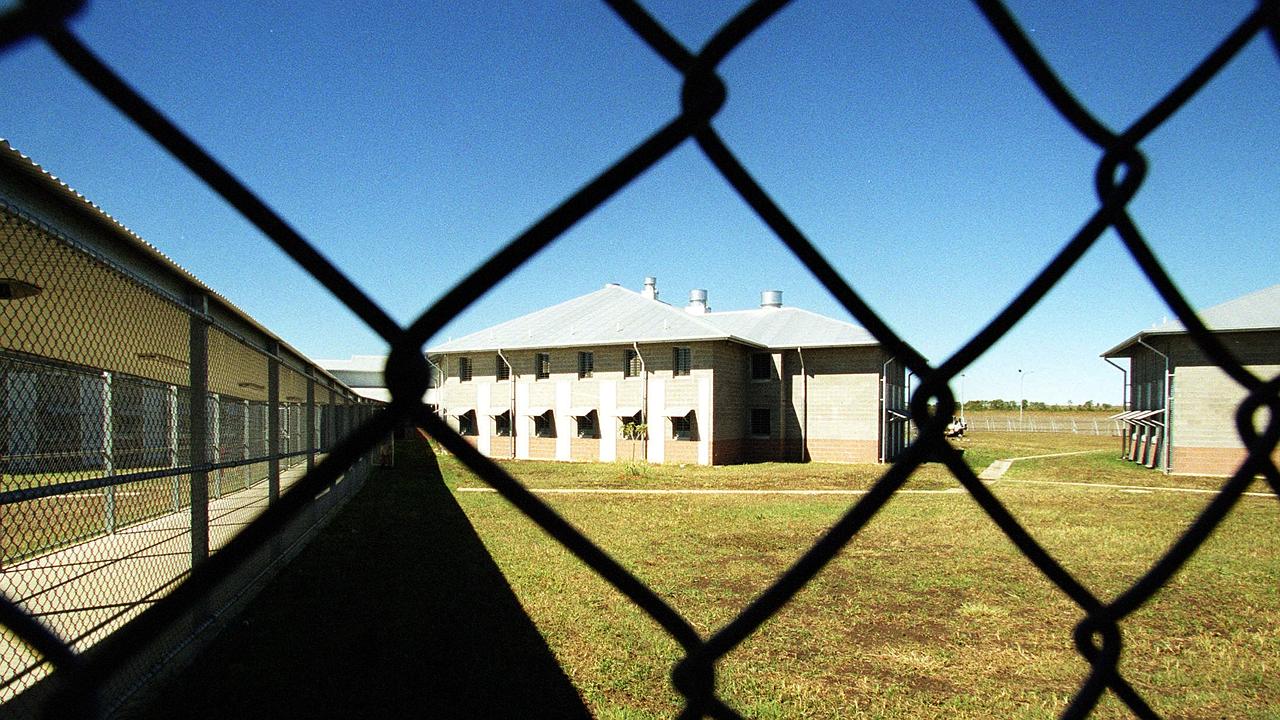Excessive caffeine consumption lead to prisoner’s death, an inquest finds
CAFFEINE equivalent to about 20 espresso coffees contributed to the death of a man in custody in central Queensland, a coroner has found.

CAFFEINE equivalent to about 20 espresso coffees contributed to the death of a man in custody in central Queensland, a coroner has found.
But authorities have no idea how the man came to have such an excessive amount of caffeine in his system when he died.
John Michael Spence, 51, was found dead in a cell in the Capricornia Correctional Centre in Etna Creek on September 4, 2013.
Coroner Terry Ryan found his death was caused by the combined effects of cardiovascular disease and seizure activity, and that his final cardiac arrest was brought by the seizures and excessive caffeine consumption.
“While Mr Spence died from natural causes, the level of caffeine in his blood was unnatural, and undoubtedly contributed to his death,” he said.
One doctor, Dr Natalie MacCormick, told the inquest she did not believe the caffeine could have been from coffee alone.
“She opined that one would need to drink 20 espresso coffees within a very short period, or ingest in excess of 20 NoDoz tablets (caffeine tablets) to obtain the level seen in Mr Spence,” Mr Ryan said.
But Mr Ryan said he was not able to find the source of the caffeine, with inmates reporting they had not seen Mr Spence drink coffee and there was no evidence of caffeine consumption in his cell.
“How (the caffeine) came to be in Mr Spence’s blood cannot be explained,” he said.
The inquest heard coffee was only available to inmates once a week at the prison canteen but that NoDoz was not available for purchase.
The inquest also found there was no evidence other inmates or correctional centre officers caused or contributed to Mr Spence’s death.
Mr Spence was estranged from his wife and children and was “generally homeless” when he was taken into custody at the Capricornia Correctional Centre in August 2013. He had appeared in Rockhampton Magistrates Court in regard to breaches of bail and various public order offences.
Mr Ryan noted that Mr Spence’s criminal history only dated back to 2012 and related mostly to minor public nuisance, stemming from alcohol abuse, and obstructive behaviour towards police and paramedics.
Mr Spence had a history of seizure disorder and was in “very poor health”, Mr Ryan said.
In the weeks leading to his death, Mr Spence had a number of “seizure type episodes” at the prison. They prompted “code blue” alerts and medical treatment by nurses.
Two code blue alerts were issued within 15 minutes the day he died.
In one, Mr Spence “was described to be behaving bizarrely, jumping and dancing around”, Mr Ryan said.
Mr Spence recovered from that incident but was found dead in his cell two hours and 20 minutes later.
The coroner said the medical response to Mr Spence’s seizure on the day he died was adequate but said there should have been a better care plan in place.
He said he found improvements made since Mr Spence’s death to the provision of medical care to inmates was appropriate.




